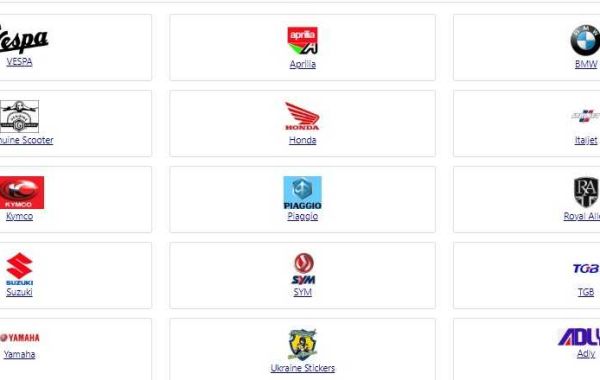Whether you’re a novice soccer coach or an experienced one looking for fresh ideas, incorporating passing drills into your practice routine is essential. Passing drills not only enhance teamwork but also cater to players of all skill levels. I’ll explore ten basic soccer drills focused on improving ball movement and fostering a cohesive team dynamic.
The Best Soccer Passing Basic Soccer Drills for Your Team
1. Pass and Move
Set Up: Divide your team into pairs, each with a ball. Players should start 10-15 yards apart.
How it works: Player A passes to Player B and immediately moves to a new open space. Player B returns the pass to Player A in their new location. Repeat for several minutes, emphasizing quick, accurate passing and constant movement.
Purpose: Develops players’ spatial awareness, understanding the importance of movement, and enhances passing accuracy and speed.
2. Triangle Passing
Set Up: Split your team, form a triangle. Each group has a ball.
How it works: Players pass the ball to each other in a specific order, either clockwise or counter-clockwise. Encourage one-touch passes and proper receiving techniques. Increase difficulty by enlarging the triangle or introducing a defender.
Purpose: Improves passing and receiving skills, allows practice at different angles, and promotes communication and teamwork.
3. Wall Passing or One-Two Passing Combination
Set Up: Players in pairs, one ball, 5-10 yards apart.
How it works: Player A passes to Player B, who returns the ball, acting as a “wall.” Player A controls the returned pass, and the sequence repeats. Swap roles after a few minutes.
Purpose: Teaches quick one-two passing, enhances first-touch control, and develops speed of play.
4. Square Drill
Set Up: Form a square with four cones (10 yards each side). Groups of four players, one on each cone.
How it works: Player A passes to Player B, then runs towards B’s position. The sequence follows a pass and follow pattern.
Purpose: Develops spatial awareness, anticipation, and communication among players while enhancing passing and receiving skills.
5. Passing Gates
Set Up: Small gates (two cones 2 yards apart) randomly around the field. Pairs with a ball.
How it works: Pairs pass the ball through the gates, scoring a point for each successful pass. Run for a set time and determine the highest-scoring pair.
Purpose: Encourages accurate passing and receiving under pressure, enhances spatial awareness, and decision-making skills.
6. Long Passing Drill
Set Up: Two players at a significant distance (30-40 yards). Each pair has one ball.
How it works: Players attempt long passes, emphasizing both feet and different passing techniques. Control the incoming ball before making a pass.
Purpose: Develops long pass skills, including accuracy, strength, and timing, crucial for cross-field passes during games.
7. Crossing and Finishing Drill
Set Up: Groups of three – one crosser, one attacker, one goalkeeper.
How it works: Crosser sends the ball into the box for the attacker to score with one touch. Rotate roles for each player.
Purpose: Improves crossing accuracy, finishing skills, and goalkeeping. Simulates game situations, enhancing decision-making and execution.
8. Passing Relay Race
Set Up: Even teams in lines with a ball at the front of each line.
How it works: Players pass the ball along the line and back. The first team to complete without losing control wins.
Purpose: Competitive drill encouraging fast, accurate passing and dribbling under pressure. Fosters teamwork and communication.
9. Diamond Passing Drill
Set Up: Four players in a diamond formation.
How it works: Players pass to the next point in the diamond, always following their pass. Emphasize communication, quick movement, and one-touch passing.
Purpose: Teaches advanced passing skills, checking the shoulder, opening the body, and playing a one-touch pass. Enhances awareness, footwork, and decision-making.
10. 4 vs 1 Rondo
Set Up: Five players, one ball, a 10×10 yard grid.
How it works: Four players aim to keep possession while the defender in the middle tries to intercept. Rotate positions if the defender succeeds.
Purpose: Improves passing and receiving skills under pressure, quick decision-making, ball control, and possession. Emphasizes accurate passing, spatial awareness, and communication.
Coaching Points for Running Youth Basic Soccer Drills
Choose Simple, Fun Basic Soccer Drills
Select drills that match players’ skill levels and are easy to understand with minimal explanation. Ensure drills are enjoyable to keep players engaged and motivated.
Change Up Drills Often
Maintain a routine but introduce variations to keep players challenged and interested. Rotate through different drills each practice to provide a unique learning experience.
Make the Drills Competitive
Incorporate friendly competition within drills. Reward players for completing drills successfully, and challenge them to meet specific goals. Competition fosters teamwork and motivates players.
Get Lots of Soccer Balls
Ensure players have constant movement by having enough soccer balls. Ideally, each player should have their ball to maximize participation and keep players active.
Conclusion
Incorporating these ten basic soccer drills into your coaching routine can significantly improve ball movement and enhance your team’s overall performance. Remember to keep the drills simple, varied, competitive, and ensure an abundance of soccer balls for an effective and engaging practice session.







